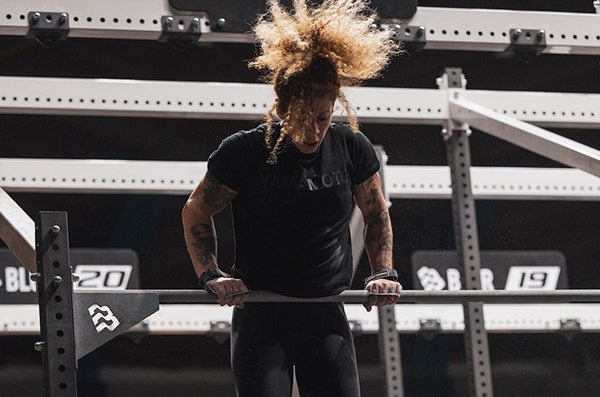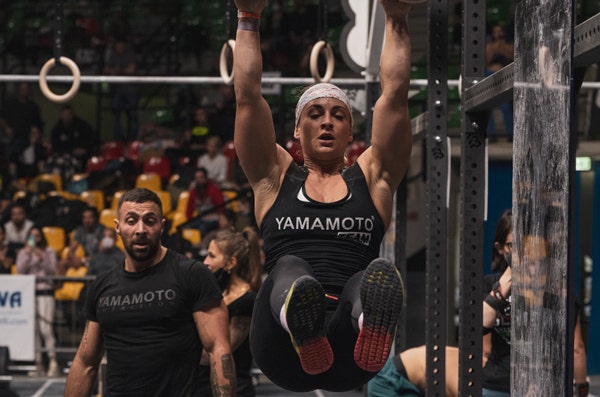What is cross Training
In recent years the cross Training is a very popular sporting discipline. There is a lot of talk about it and many people say it is a passing trend, without however knowing what it really consists of.
The "didactic" definition of cross Training is:
"Alternation of constantly variable high-intensity and functional movements, or movements of daily life applied to fitness exercises that change constantly and continuously".
The goal of this sport is to make the person as fit as possible, that is, to bring him to his best physical condition . In this sport the use of barbells, kettbells, dumbells (dumbbells), bars, rings, ropes and endurance machines (such as Rower, Bike, Skierg) is foreseen, for the more advanced levels there is also swimming.

Each movement is scalable, that is, it proceeds step by step and is easily adaptable to any personal need: this is the main reason why this sport can be practiced by anyone: from children, to the elderly, from underweight to overweight people, from amateurs to those who want to compete!
Each cross Training session (for non-agonists) lasts approximately one hour, in which there is a specific warm-up part and one / two workouts (or circuits) of variable duration (but as already mentioned previously high intensity, so even if they are short they are extremely tiring!). Each lesson is different from the previous or the next and, as you progress in the workouts, more and more muscle groups are exploited, you never focus only on one part of the body but you always work on a functional level.
cross Training, in addition to being a sport, also offers the opportunity, for those who want it, to socialize, meet new people, share the same interests while keeping fit!
The most common mistake made when approaching this sport is to be in a hurry to do everything right away. Haste, on the other hand, is usually the fastest way to face injuries and pains !! Precisely for this reason, as for all disciplines, it is important to contact centers with qualified and competent teachers who know how to advise and follow correctly, especially beginners.

cross Training: false myths and truths
Now that we understand what cross Training is, let's mention something about the main myths that revolve around this discipline and some rules to keep in mind.
False myths
- cross Training "makes" women bigger. In women it does not get bigger, but it defines the muscle! This means that if a controlled and correct diet is not combined with physical activity, there is a risk of having the "Michelin man" effect, because the muscle underneath develops, but above it there is also the layer of fat that we carried around even before starting cross Training.
- cross Training makes men "lose weight". In men, especially if they have a very fast metabolism, I recommend also combining hypertrophy and strength works in addition to the usual classes. If, on the other hand, you do a competitive program every day, the strength session is also provided ... and I assure you that it is extremely difficult to lose lost or, better, muscles, like that. If, on the other hand, you have to lose weight, cross Training is a great way to sweat and stimulate your metabolism.
Truth
Let us remember that if the diet is not correct, the weight loss goal will be extremely difficult, if not impossible, to achieve. Nutrition should always be healthy and balanced. Athletes who train intensely, on average, eat at least 5 meals a day, 3 main meals and 2 snacks and each meal has carbohydrate, fat and protein shares. It is certainly a diet where the protein intake is higher than that of a person who does not exercise. Whole grains are preferable, barley, spelt, quinoa with white flours, vegetables in abundance of all kinds, the same for fruit and Protein deriving mostly from white meat, fish, eggs, legumes and to a lesser extent from red meat.
All this is accompanied by a very specific integration : multivitamins and Omega 3, natural probiotics, products that protect my joints based on collagen, chondroitin and hyaluronic acid, pre-workout stimulants (based on creatine, beta-alanine, amino acids , etc.), pre and post workout BCAAs, protein powder to be taken as a variant of post workout snacks and glutamine for muscle recovery.


Comments
Write a comment about the article